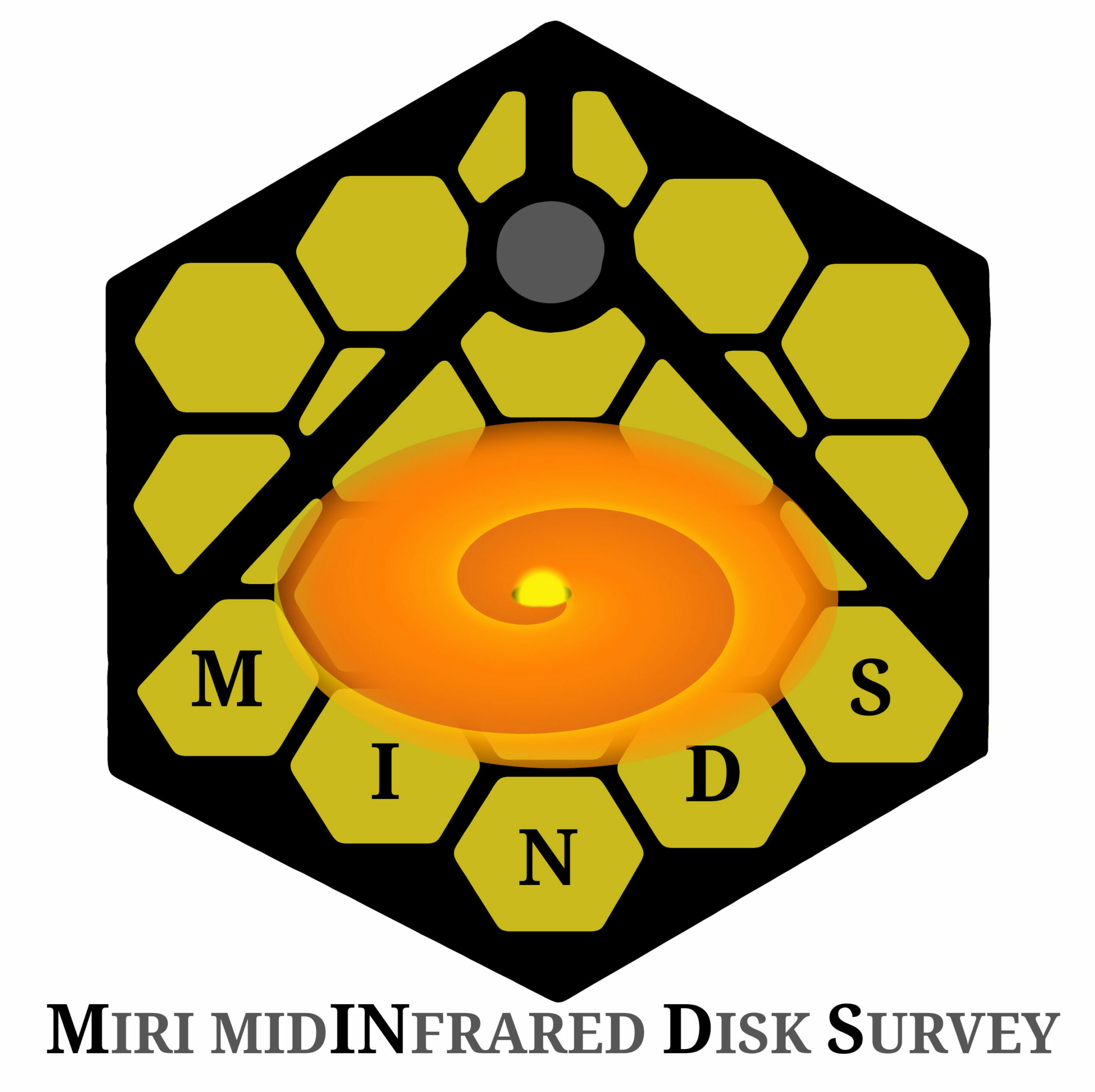The understanding of planet formation has changed recently, embracing the new idea of pebble accretion. This means that the influx of pebbles from the outer regions of planet-forming disks to their inner zones could determine the composition of planets and their atmospheres. The solid and molecular components delivered to the planet-forming region can be best characterized by mid-infrared spectroscopy. With Spitzer low-resolution (R = 100, 600) spectroscopy, this approach was limited to the detection of abundant molecules such as H2O, C2H2, HCN and CO2. This contribution will present first results of the MINDS (MIRI mid-IR Disk Survey, PI: Th. Henning) project. Due do
the sensitivity and spectral resolution (R ∼ 1500 − 3500) provided by JWST we now have a unique tool to obtain the full inventory of chemistry in the inner disks of solar-types stars and brown dwarfs, including also less abundant hydrocarbons and isotopologues. The Integral Field Unit (IFU) capabilities enable at the same time spatial studies of the continuum and line emission in extended sources such as debris disks, the flying saucer and also the search for mid-IR signatures of forming planets in systems such as PDS 70. These JWST observations are complementary to ALMA and NOEMA observations of the outer disk chemistry; together these datasets provide an integral view
of the processes occurring during the planet formation phase.

disk models suggest a layered molecular structure with OH and CO at the
top, followed by H2O and CO2. HCN and C2H2 peak in abundance deeper
in the disk. Theory and observations suggest the possibility of radial
transport of icy grains which can affect the inner disk gas composition.
The MIRI instrument on board the James Webb Space Telescope probes
the inner (≲ 10 au) warm disk surface.
Scientific article
The chemical inventory of the inner regions of planet-forming disks – the JWST/MINDS program. By: I. Kamp et al. In: Faraday Discussions, April 2023. [original| preprint]
